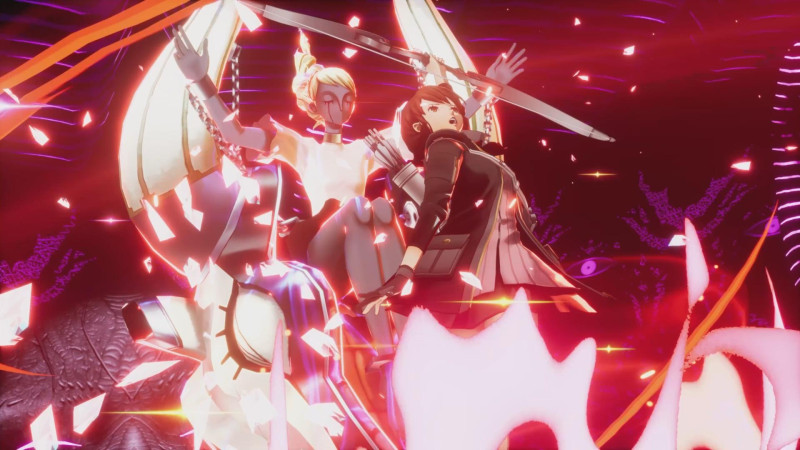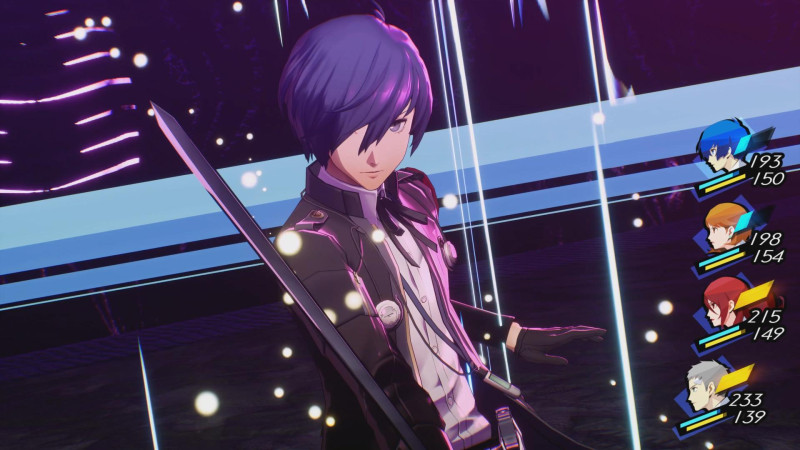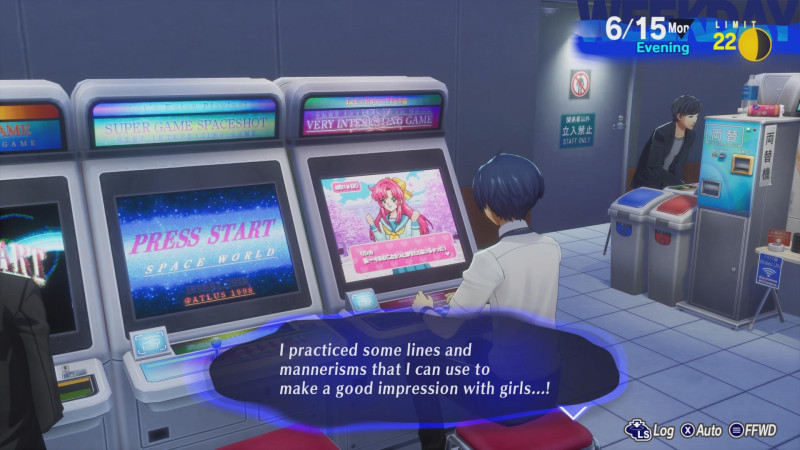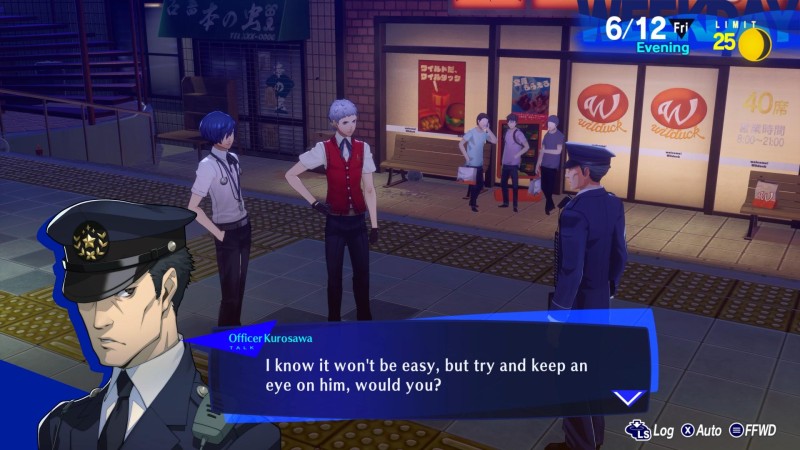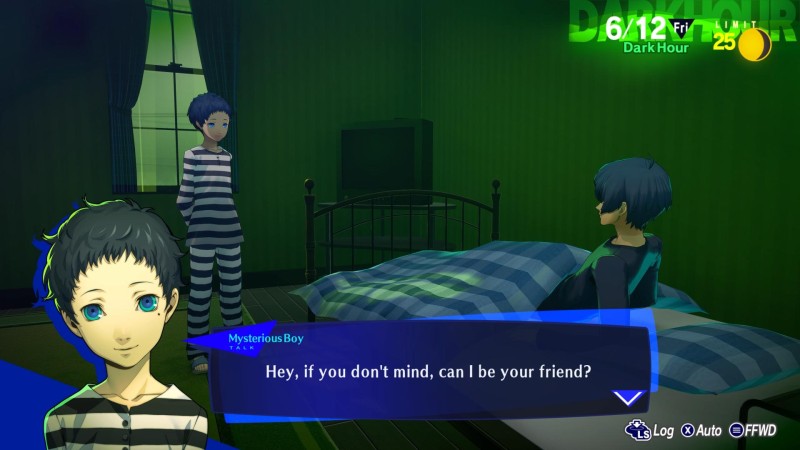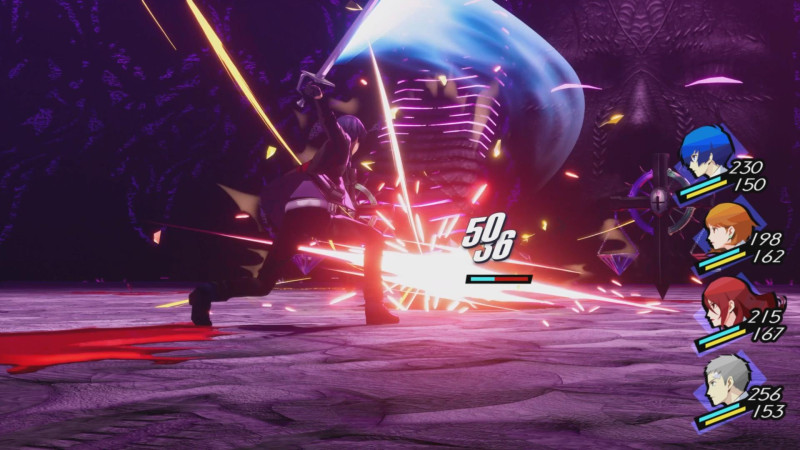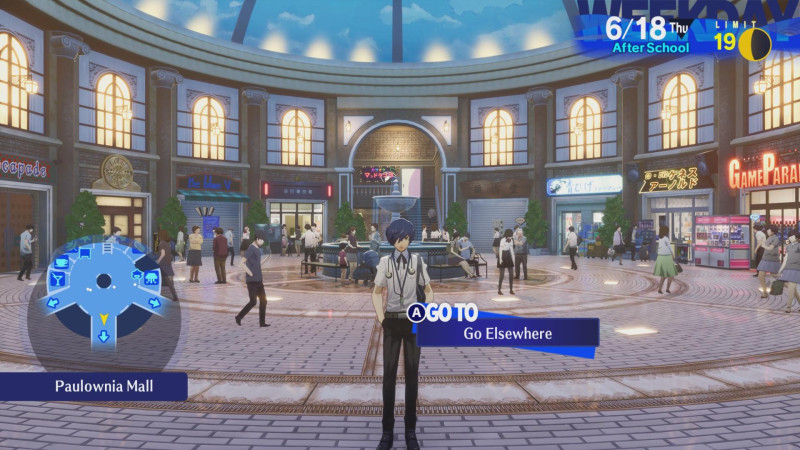The Last of Us Part II hit PlayStation 4 exclusively in 2020. Developer Naughty Dog brought us back into the world of cordyceps, Fireflies, Ellie, and Joel alongside new threats and characters like the WLF, Abby, Yara, Lev, and more. Game Informer gave the game a 10 out of 10 – read the review here – and I would have agreed with that score in 2020. I still agree with that score today, too.
If I wrote what I want to say about The Last of Us Part II’s story, I’m sure you’d find it very familiar because it’s largely how I felt around the game’s original release. Instead, my wife, Gabriella LeBlanc, played through The Last of Us Part II Remastered’s story for the first time ever, mostly unspoiled of the adventure, and it was awesome listening to her thoughts in real-time about the game. I wanted to share those thoughts, so I interviewed her. Below are 20 questions about The Last of Us Part II’s story with answers from someone who beat it for the first time in 2024, unaware of the leaks that happened before the game’s 2020 launch, the fates of certain characters, the ending, and more. Enjoy (and be nice to her in the comments)!
[embedded content]
Playing The Last of Us Part II For The First Time In 2024
Game Informer’s Wesley LeBlanc: What did you think The Last of Us Part II would be about going into it, unspoiled by the internet?
Gabriella LeBlanc: I honestly did not have much of an idea. I remember watching the trailer way back when the game was being released the first time, just passively because you were watching, and thinking, “Weird, what does this have to do with anything?” and that was with an already very basic idea of what the first game was even about. It seemed like some kind of culty witch-hunt vibe, which definitely sounds cool, but had no idea what it had to do with The Last of Us, so I didn’t really know what to think.
What was the biggest surprise?
LeBlanc: The biggest surprise was not Joel’s death overall, but the timing. Unfortunately, I did know that Joel was going to die because I’d seen it on Twitter or something at some point, probably a meme or something. So I knew it was going to happen. But I did not think it was going to happen so fast. When it did, I was thinking, “Okay, for real now, what is this game going to be about?”
How did Joel’s death affect you? How do you feel about its place in the game’s narrative?
LeBlanc: Mostly just disbelief because of the timing, as I mentioned. Since I’ve finished the game, I like that it happens so fast. It just provides such a shock factor that they would kill the main character, and so quickly, that it made me want to keep playing to see how this would play out for Ellie.
After Joel’s death, what did you think the game’s plot was going to be?
LeBlanc: At this point, I had a feeling that Ellie was going to go after his killer. She’s way too ruthless to let it slide, and I knew that it would eat away at her knowing the person who did this could get away.

How do you feel about Ellie and Dina and their relationship in the first half of the game?
LeBlanc: When they were first interacting in the game, I thought it was maybe a little shallow, that Dina was kind of using Ellie as a rebound from her breakup with Jesse. However, as time went on, it was clear that things were more serious and they both provided something that the other person needed. I think Dina (and later the baby) gave Ellie someone to take care of, a purpose, much like Joel needed Ellie as his purpose. For Dina, Ellie served as a capable, protective person to love and share her life with. It’s unfortunate that, in the end, they both lost those things.
Shamblers are new. What’d you think of those enemies?
LeBlanc: I pretty much saw them as the same thing as Bloaters, but they were able to attack you from afar by throwing acid (I think?) spores at you, which definitely added to the panic for me. I am, unfortunately, a very panic-driven player. By that, I mean something starts to attack me, and I start to panic, then suddenly forget what every single button on the controller does. This probably just shows how amateur I am at these types of games, but these enemies definitely added to the intensity of those moments because I was terrible at predicting how and where they were going to attack me. Were they going to run at me, or throw acid bombs at me? I couldn’t predict it. Mind you, this is more of a criticism of my own skill, not the game.
Overall, I saw them as an exciting challenge. They were never so difficult to get past that it ruined the fun, but still scary and worry-inducing when I saw one!
Did you like the more open-ended area in Seattle?
LeBlanc: Yes, I actually did really enjoy this area of the game, and I say it this way because normally I am not a fan of open-world games in general. This is because I am easily overwhelmed, and my ADHD brain has a hard time figuring out what I should do next, what mission is more important, etc. But because this was at least a little bit contained and had a map to follow for guidance if you wanted it, my issues with open-world spaces didn’t really apply here. I also love crossing anything off of a list, so being able to visit a certain building and then watch Ellie cross that place off on the map was very satisfying.
I also really liked this area because I am a super-searcher when it comes to collecting items, ammo, etc. I want to scour every last corner for anything that can help me. Again, I am a very amateur player, so I want all the help I can get! So having the open world area was fun and exciting because I knew that I was going to be super stocked up on what I needed, which makes me feel a lot more confident moving forward. It was also really interesting to go into all these little shops and peer into the pre-Cordyceps world of the game and find collectibles, notes, posters, and more detailing what this place was like before the fungus took over.
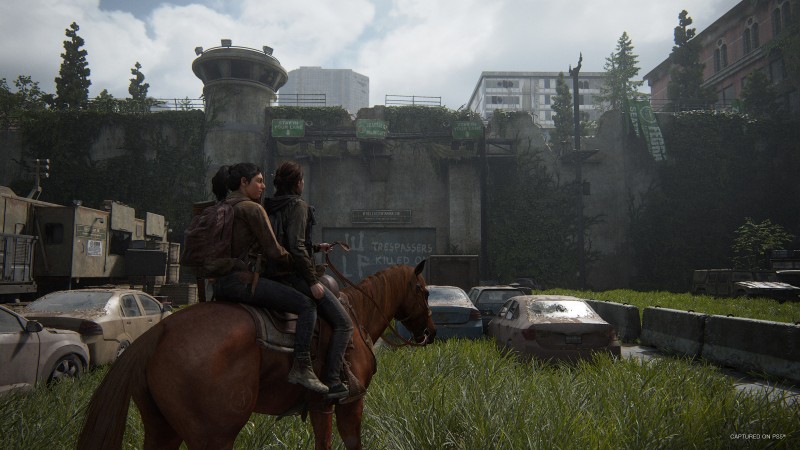
How do you feel about Ellie’s lean into violence and torture to get what she needs?
LeBlanc: I hated it…and I loved it. At first, I would be like, “Oh no, Ellie, what are you doing? Don’t do this, this isn’t you!” And then I’d flip to, “Oh my gosh, she’s doing exactly what Joel would do if he were in her position. She learned all of this from Joel,” and it only made me love watching it play out. Seeing so much of Joel’s characteristics and actions reflect back onto Ellie only made me feel for Ellie more and how big this loss really was for her. So yeah, definitely hard to watch but also endearing in a weird way.
How did you feel about Ellie making it to the aquarium – specifically, killing Alice the dog, Mel, and Owen?
LeBlanc: I mean, watching it play out from Ellie’s end, it was clear to me that she was doing what she felt like she had to do to get answers and find Abby. It was definitely rough watching it because it’s not like she is doing this to save someone she loves – she’s doing this to get revenge. I think it’s easy to watch someone do these things knowing they have someone’s life on the line that they love and are trying to save, but at this point, she’s doing this to further her mission of vengeance, so it’s hard to empathize with her actions. But, it’s clear she is starting to feel a little bit of that when she realizes after the fact that Mel was pregnant. It was tough to watch.
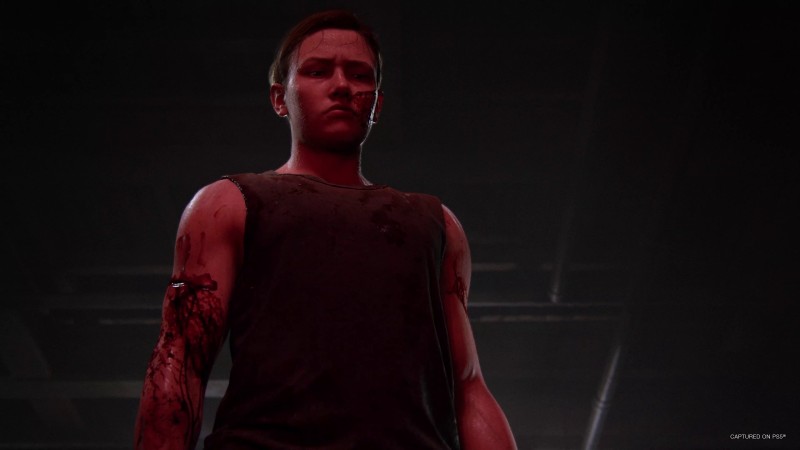
What did you think of the mid-game cliffhanger?
LeBlanc: Oh my gosh, I was like, “How are people expected to not just play through this game in one sitting?” I was dying to know what happened. Not only that, but I knew I was nowhere near the end of the game, so I thought, “Where in the world are we going to go from here?”
What did you think of the switch to Abby’s perspective immediately after?
LeBlanc: I was at first like, “Oh my god, you have got to be kidding me, it’s going to take me forever to get to that cliffhanger moment and find out what happens.” But once I settled in, I enjoyed playing as Abby and learning her background, as well as what the WLF really was and how their operation worked.
Whose half did you like more – Ellie or Abby?
LeBlanc: I’m scared to answer this question because it might be an unpopular opinion to go against our beloved protagonist, but I think I enjoyed playing as Abby more. Her parts of the game were more fun to play out, and she faced more challenges than Ellie did, between the Seraphites, journeying through the hotel, and the hospital scene.
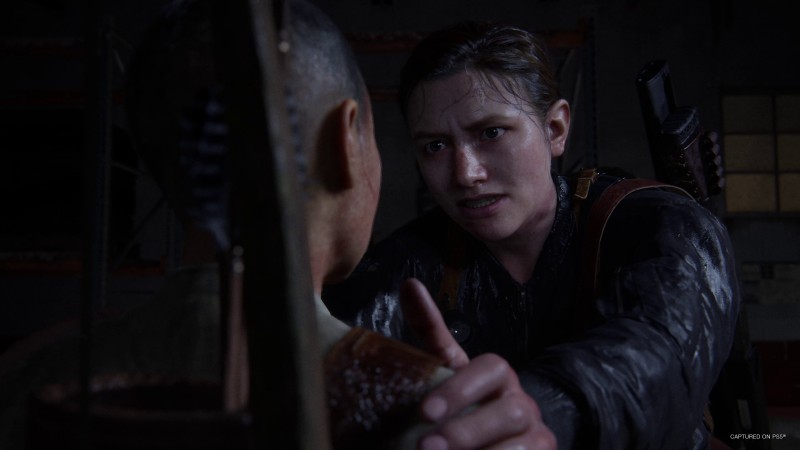
Tell me your thoughts about Abby’s journey with Lev?
LeBlanc: Well, besides having a badass little bow-and-arrow-wielding friend to sneak around and kill enemies with me so I wasn’t alone, which in itself was awesome and very helpful, their journey showed a very compassionate side of Abby. It showed that she’s a human and, in my opinion, overall, a good person. Right off the bat, it’s easy to paint these characters as good or bad at face value, but that’s part of what makes these games so good, is showing that you can be a good person and make bad decisions, and vice-versa. Abby made a bad-guy decision killing Joel, but a good-guy decision helping Yara and Lev when she really didn’t need to, especially going back to check on them.
What do you think of Lev and his story?
LeBlanc: Lev’s story is an important one, showing that these issues of judgment towards trans people don’t go away, even in the face of a major epidemic. There are literal fungus zombies walking around, and these crazy people are still more worried about whether a person is a boy or a girl. I loved that Lev ended up trusting Abby enough to really divulge what happened to him, why he shaved his head, why he and Yara ran away, and later the complicated feelings driving him to run back to his mother and the Seraphites. His journey added an interesting element to the story and showed that trans people exist and will continue to exist even in the face of major adversity, and he’s a very strong character for that.
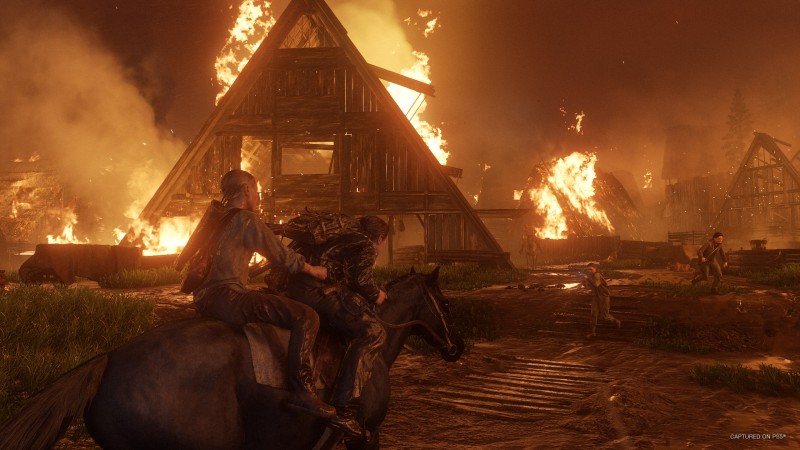
You thought the game was over when controlling Ellie at the farmhouse. How did the epilogue of the game hit you?
LeBlanc: I really did think the game was over! I was like, “Oh my gosh, I did it, this is so beautiful, wow!” And then, when Ellie makes it clear she’s going back out there to find Abby, it was so hard to keep playing because I wanted her to accept her new beautiful life so badly. She got the sheep farm that Joel had wanted. She had a beautiful family. I hated that I had to keep moving her through the story and make her leave something that was so good.
With the entire game behind you, how do you feel about the pacing of the game, especially compared to the first one?
LeBlanc: As far as pacing goes, I think overall, it was pretty well done. Both halves of Ellie and Abby’s days in Seattle were pretty even. The only thing that was a little rushed was the Rattlers storyline. That group just wasn’t really developed compared to the Fireflies, WLF, or the Seraphites. But at the same time, had it been as developed as the other groups, the ending of the game might have been a little too long, so I understand their decision to write it this way.
Tell me your thoughts about that ending!
LeBlanc: I was in absolute anguish fighting Abby. She was already barely alive when Ellie cut her down from that stake. It felt so low to keep attacking her. I love Ellie as a character, flaws and all, but I wanted her to stop so badly, to not be this person who needs revenge so desperately that she can’t see that she’s already gotten it.
Overall, what do you think of The Last of Us Part II?
LeBlanc: I absolutely loved it. I loved playing as Abby, and I loved playing as Ellie. I loved watching Ellie and Joel’s reconciliation at the end, knowing that at the time of his death, they were working on being friends again, thus ripping my heart out further. In fact, I loved having my heart ripped out. I wish I could do it again. That’s how you know it’s a good story!
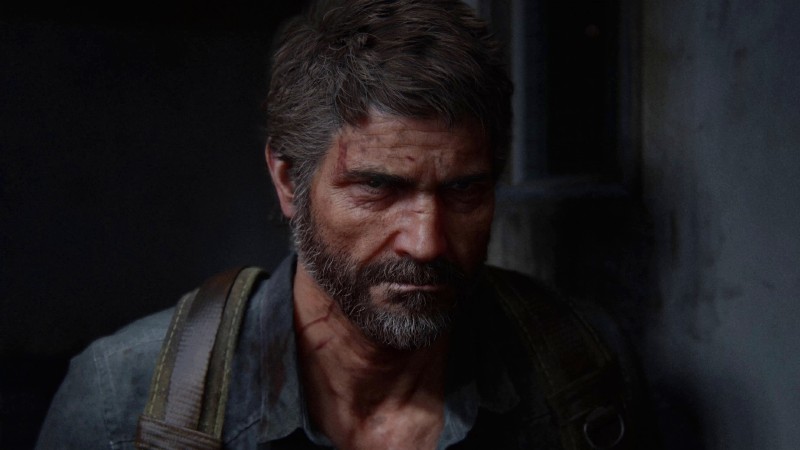
Do you want a third game? What do you envision it being?
LeBlanc: Selfishly, yes, I would love a third game simply because I genuinely enjoyed playing this game so much. But realistically, I don’t know if a third game could complement the story to make it better. The ending is so perfect the way it is, I would be scared to ruin such a good thing.
How do you think HBO will adapt Part II as a TV series?
LeBlanc: I hope HBO splits it up the exact same way the game does. I hope we have Ellie’s three days in Seattle, then Abby’s three days in Seattle, and then the aftermath. If that makes it so that Part II has to be split up into multiple seasons to tell the story effectively, then so be it – I accept that. In case anyone at HBO is out there reading this one person’s very amateur opinion, and you’re worried there isn’t an audience here for that, you’re wrong! I’m here! I’m here for it!
Anything else you want to mention that I didn’t ask about?
LeBlanc: As someone who is fairly new to these kinds of games, playing The Last of Us has made me even more excited to start playing other games like it. I used to be just an Animal Crossing and Super Mario player, and that’s pretty much where it ended. But I love reading, movies, and TV series because I love a good story, and I’m so glad that you convinced me to give these two games a shot for the sake of the story. It’s opened up a whole new world for me in the way of games, and I can’t wait to get started on playing more games like this. But I gotta say, after playing and loving TLOU Parts I and II, these other games have some very serious competition.
For more, read Game Informer’s original review of The Last of Us Part II and then check out this NGT of The Last of Us Part II Remastered’s No Return roguelite.


